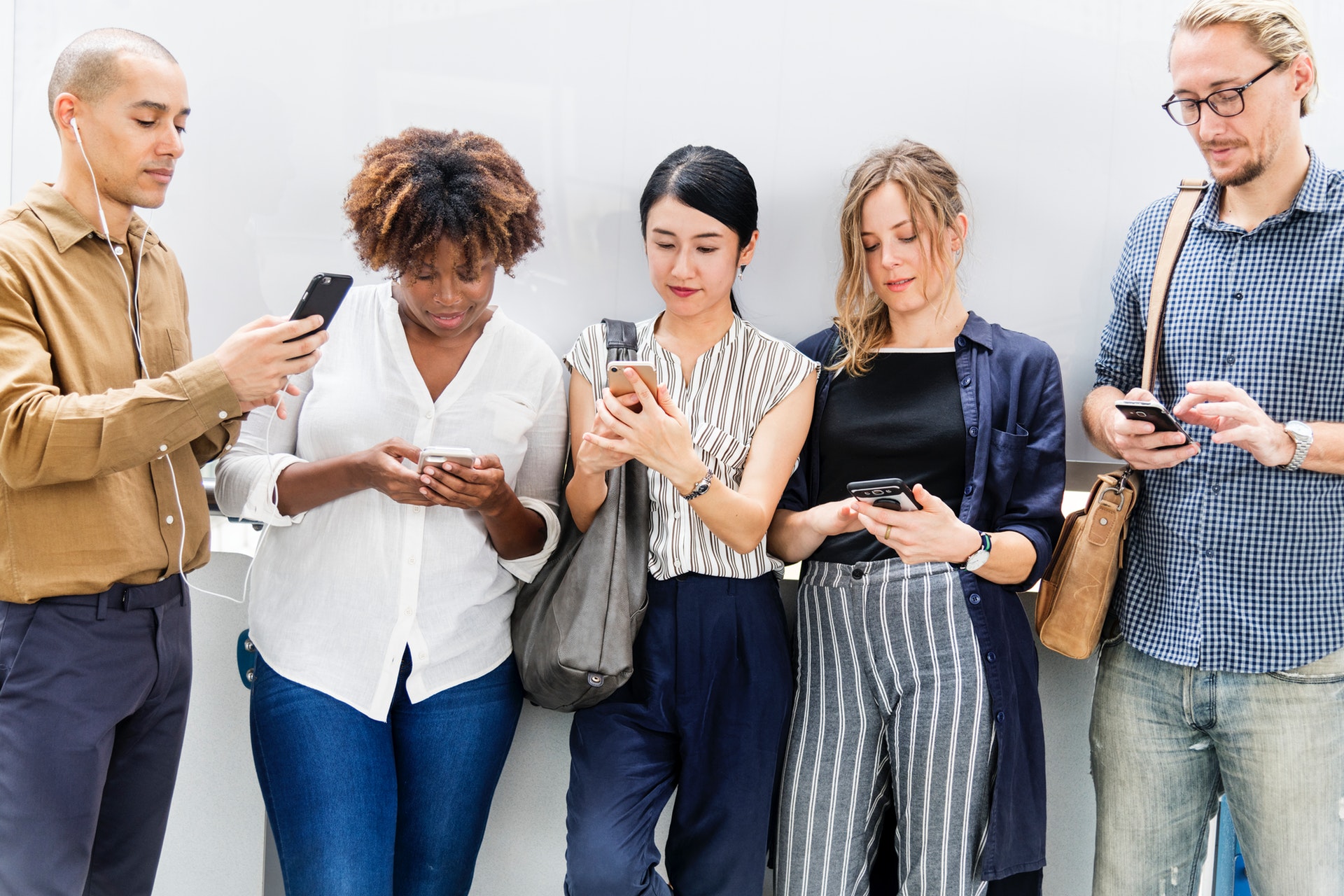
Street Food in the UK That Will Make You Drool!
Josh Shear – technology and local culture has reshaped almost every aspect of our lives, and culture is no exception. As digital tools, social media, and artificial intelligence become increasingly integrated into daily life, many wonder whether local cultures are being preserved or erased. Some argue that technology homogenizes traditions and replaces unique customs with global trends. Others believe it enhances cultural expression and connects people across distances like never before. So, is technology truly destroying local culture, or is it creating new opportunities for cultural evolution? Let’s explore the surprising reality.
One of the biggest concerns about technology’s impact on local culture is the gradual erosion of traditional customs and values. The rise of globalized media, such as streaming platforms and international social networks, has led to the dominance of Western culture in many parts of the world. This phenomenon often pushes local traditions, languages, and art forms to the margins.
For example, younger generations are increasingly consuming content from TikTok, YouTube, and Netflix rather than engaging with traditional storytelling, music, and rituals. As a result, cultural knowledge that was once passed down through generations is being replaced by viral trends. Additionally, many indigenous languages are at risk of disappearing as English and other dominant languages become the standard for digital communication.
Despite these challenges, technology and local culture has also opened doors for cultural preservation and innovation. Digital platforms provide new ways for communities to share their heritage with a global audience. Artists, musicians, and storytellers can now showcase their work online, reaching people far beyond their local communities.
Virtual reality (VR) and augmented reality (AR) technologies have also revolutionized cultural education. Museums and historical sites use VR experiences to bring ancient traditions to life, allowing users to virtually explore heritage sites or participate in interactive cultural experiences. Similarly, AI-driven translation tools are helping to document and revive endangered languages, making them more accessible to younger generations.
Read More : Street Food in the UK That Will Make You Drool!
Platforms like Instagram and Twitter have become powerful tools for promoting cultural heritage. Movements like #NativeTikTok showcase indigenous creators sharing their traditions, languages, and stories. These digital spaces allow communities to reclaim their cultural narratives and educate a broader audience about their heritage.
Many historical artifacts have been taken from their original cultures and displayed in foreign museums. However, digital repatriation initiatives are working to return these treasures—at least virtually—to their rightful communities. High-resolution 3D scans of artifacts allow indigenous groups to study and display their cultural items digitally, preserving history in innovative ways.
Artificial intelligence is playing a crucial role in preserving endangered languages. AI-powered language learning apps, like Duolingo, now offer courses in native and minority languages, ensuring that younger generations can learn and engage with their heritage despite globalization pressures. AI is also being used to digitize and analyze ancient texts, making forgotten languages more accessible.
Rather than viewing technology as a threat to culture, many experts argue that it can be a tool for adaptation and reinvention. The key is for communities to take control of how their traditions are represented in digital spaces. This means actively participating in content creation, integrating traditional knowledge into modern platforms, and using technology to strengthen rather than replace cultural identity.
Governments and organizations can also play a role by investing in cultural preservation initiatives that use technology effectively. Whether through funding digital storytelling projects or supporting tech-driven language preservation efforts, proactive measures can ensure that technology serves as a bridge rather than a barrier to cultural continuity.
So, is technology destroying local culture? The reality is more nuanced. While it does pose challenges, it also offers unprecedented opportunities for cultural expression, education, and preservation. By embracing technology thoughtfully and intentionally, communities can ensure that their traditions not only survive but thrive in the digital age.
Instead of resisting digital evolution, the future of culture may lie in finding a balance—one where heritage and innovation coexist, enriching societies with both ancient wisdom and modern creativity.
This website uses cookies.